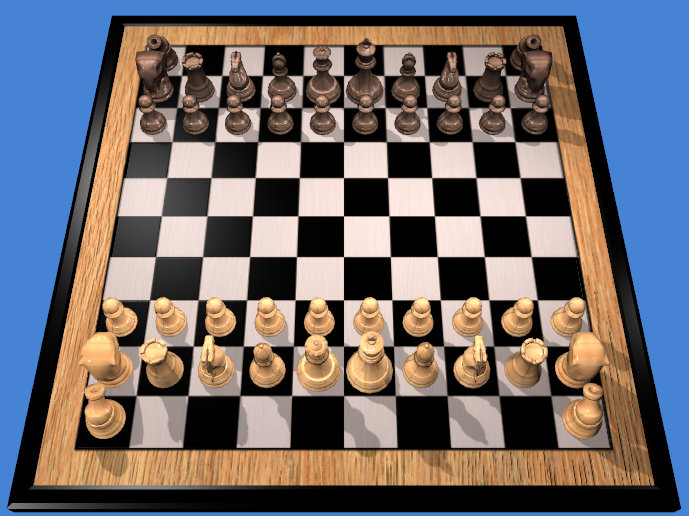Description
Shako is a chess variant played on a 10x10 board.
With this idea, there is the willingness to design a new and augmented game without directly disposing the large heritage of the classical game. All rules of orthodox chess are kept, and the way the pieces are placed in the opening setup allows players to follow practically all the openings used of standard chess. One new piece is borrowed from Chinese xiangqi, with the intention to join together the two branches of the chess family, west and east. The second new piece is derived from shatranj and medieval chess in order to bridge with a prestigious past.
The design of shako was completed in 1990.
Shako means “chess” in Esperanto, another kind of non-conformism and utopia. Shako was created by Jean-Louis Cazaux and described on his French books in the 2000’s, then on the Internet. Shako has an entry on Pritchard’s book (2nd edition, 2007).

Rules
Shako is a chess variant played on a 10x10 board.
Each player commands 22 pieces which are the standard set with two more pieces, Cannons and Elephants.
The Cannon

When not capturing, it moves just like the Rook. But to capture a piece, there must be one additional piece in its path which the Cannon jumps over before landing on the piece being captured. This intervening piece may belong to either player. The cannon may not jump over more than one piece to make its capture, and may not jump over pieces when not capturing.
The Elephant

The Elephant steps diagonally one or two squares, leaping over the intermediate square if it is occupied.
All other pieces move like in orthodox chess; also castling is as in usual chess. Pawns promote on the tenth row of the board to Queen, Rook, Knight, Bishop, Elephant, or Cannon, to the owning players choice.
Other rules are as in orthodox chess. White starts to play.
Pieces
Each player commands 22 pieces.
- 1 king
- 1 queen
- 2 rooks
- 2 bishops
- 2 knights
- 10 pawns
- 2 cannons
- 2 elephants
Initial setup

Cheat sheet

Credits
Game rules
 Shako has been invented by Jean-Louis Cazaux
Shako has been invented by Jean-Louis Cazaux
Site: Odyssey of Chess.